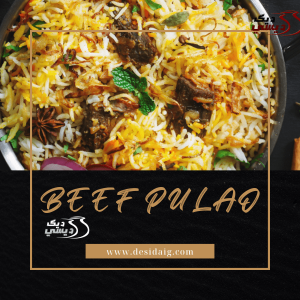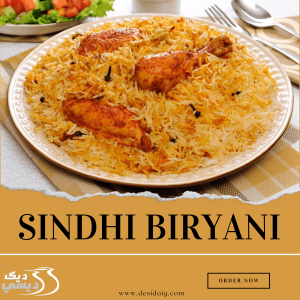Hareesa Daig
Hareesa Daig, a traditional dish beloved across South Asia, is a rich, comforting porridge made from slow-cooked wheat, lentils, and tender meat, often prepared in large quantities for communal gatherings and special occasions. This guide will take you through the steps of preparing Hareesa in a daig (a large cooking pot), ensuring your dish is both authentic and heartwarming.
Choosing the Right Ingredients
The foundation of a great Hareesa lies in its ingredients. Select high-quality meat, such as chicken or lamb, for its base. Combine it with whole wheat grains, a mix of lentils for added texture, and a medley of spices including cinnamon, cardamom, cloves, and black pepper for a deep, aromatic flavor.
The Art of Marination
Marinating the meat is crucial for infusing Hareesa with its signature flavors. A mixture of yogurt, garlic, ginger, and spices not only tenderizes the meat but also adds layers of taste that permeate the dish during the slow-cooking process.
Mastering the Cooking Technique
Cooking Hareesa is a labor of love. The process involves simmering the marinated meat with wheat and lentils in a daig, allowing the ingredients to meld together over several hours. Constant stirring is key to achieving the perfect consistency and preventing the Hareesa from sticking to the bottom of the pot.
Exploring Regional Variations
While Hareesa has its roots in traditional cuisine, regional variations add unique twists to the classic recipe. From the rich, meaty Hareesa of Punjab to the subtly spiced version popular in Kashmir, exploring these differences can offer a diverse culinary experience.
Serving and Presentation: Bringing the Dish to Life
Serve Hareesa steaming hot, garnished with fried onions, lemon wedges, and a sprinkle of fresh coriander. Accompanying the dish with naan or flatbread allows guests to fully enjoy its rich flavors and hearty texture.
Nutritional Insights
Hareesa is not only delicious but also nutritious. Packed with protein from the meat and lentils, it’s a wholesome meal that provides energy and warmth, especially during colder months. Opting for lean cuts of meat and moderating the use of ghee can make Hareesa a healthier option for those conscious of their diet.
Conclusion
Preparing Hareesa Daig is an experience that goes beyond cooking; it’s a celebration of tradition, community, and the simple joy of sharing a meal with loved ones. By following this guide, you can bring the warmth and richness of Hareesa to any gathering, making it an unforgettable part of your culinary repertoire.
A HAREESA
There are many different types of hareesa, each with its own unique flavour and texture. The most common type of hareesa is made with lamb, but chicken and beef are also popular options. The meat is cooked in various spices and then shredded or ground into a fine paste. This paste is mix with other ingredients, such as rice, vegetables, and nuts. The final product is a delicious and nutritious meal that is perfect for any occasion. It is not only a delicious meal, but it is also a very healthy one.
The variety of ingredients used in hareesa ensures that you get a well-rounded meal packed with nutrients. Lamb, chicken, or beef provides a good source of protein, while rice and vegetables add complex carbohydrates and fibre. The nuts add a healthy source of fat, and the spices add a variety of vitamins and minerals. This makes hareesa a perfect meal for anyone looking to improve their health and well-being.
INGREDIENTS
-1 pound lamb, chicken, or beef
– cup rice
-1 cup vegetables (chopped)
-1/2 cup nuts (chopped)
-1 teaspoon of spices (cumin, coriander, paprika, etc.)
INSTRUCTIONS
1. Cook the meat in a spice blend of your choice.
2. Shred or grind the meat into a fine paste.
3. Mix the meat paste with the rice, vegetables, and nuts.
4. Enjoy your delicious and healthy hareesa meal!








There are no reviews yet.